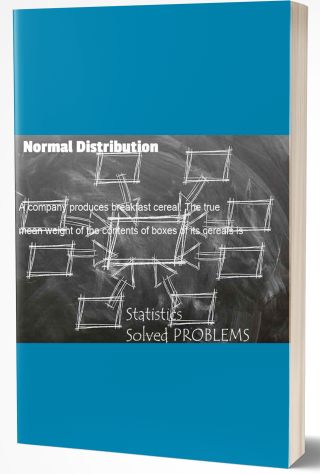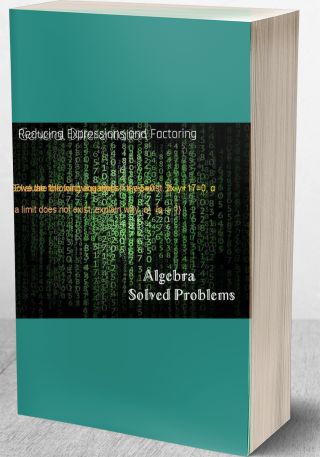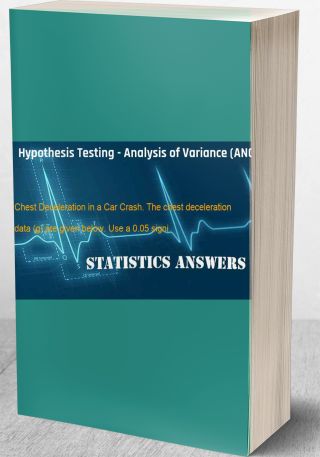An experiment was conducted to compare mean reaction time to two types of traffic signs, prohibitive
Question: An experiment was conducted to compare mean reaction time to two types of traffic signs, prohibitive (No Left Turn) and permissive (Left Turn Only). Ten subjects were included in the experiment. Each subject was presented with 40 traffic signs: 20 prohibitive and 20 permissive in random order. The mean time to reaction and the number of correct actions were recorded for each subject. The mean reaction times to both the 20 prohibitive and 20 permissive traffic signs are listed in the table below:
| Mean Reaction Times for Twenty Traffic Signs | ||
| Subject | Prohibitive | Permissive |
| 1 | 824 | 702 |
| 2 | 866 | 725 |
| 3 | 841 | 744 |
| 4 | 770 | 663 |
| 5 | 829 | 792 |
| 6 | 764 | 708 |
| 7 | 857 | 747 |
| 8 | 831 | 685 |
| 9 | 846 | 742 |
| 10 | 759 | 610 |
Explain why or why not this study is a paired-difference design. Provide reasons why pairing or un-pairing should be useful in increasing information regarding the difference between the mean reaction times to prohibitive and permissive traffic signs.
Conduct a test of hypothesis using the 8-step hypothesis testing procedure (shown below) to determine if the data presents sufficient evidence to indicate a difference in the mean reaction times of prohibitive and permissive traffic signs. Be sure to include a copy of the computer output.
A. State the research question.
B. Write the null hypothesis.
C. Write the alternative hypothesis.
D. Select the test to be used.
E. Find the critical value.
F. Compute the test statistic using PHStat.
G. Make a decision to reject or fail to reject the null hypothesis.
H. Write the conclusion
Deliverables: Word Document


![[Solved] Suppose you want to compare the mean size of healthcare claims submitted by five groups of policy ho #2638 Hypothesis Testing - T test](/images/downloads-images/featured/Statistics-question-2637.jpg)
![[Solved] Let us assume we survey 250 students before and after watching the educational video for Sexual tran #7210 Hypothesis Testing - Z test](/images/downloads-images/featured/Statistics-question-19969.jpg)



